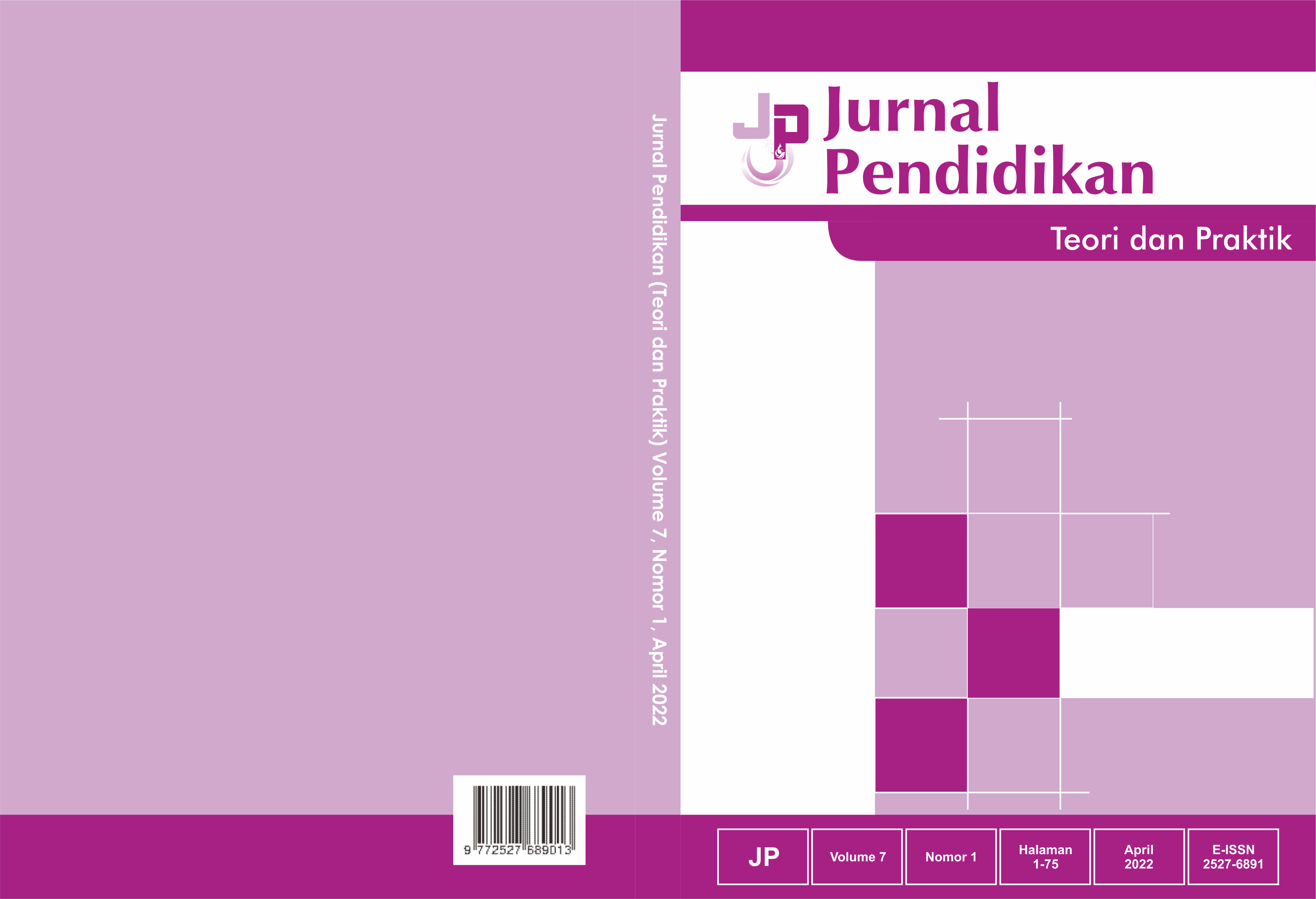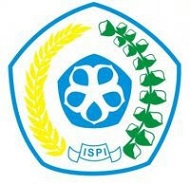DIGITAL PORTFOLIO IN EARLY CHILDHOOD EDUCATION DURING THE COVID-19 PANDEMIC: A NEED ANALYSIS
DOI:
https://doi.org/10.26740/jp.v7n1.p38-44Abstract
An effort to provide contextual teaching and learning practices that accommodate children’s requirements for future success is critical. However, to capture their learning in the meaningful way is still limited, especially during the COVID-19 pandemic. This paper aims to explore the need of early childhood teachers to use digital portfolio as part of documenting and celebrating children’s learning. The eleven teachers filled some questionnaire and did interview regarding how information technology can be used to navigate children’s learning during the pandemic. This paper is an initial stage of Research and Development that uses a descriptive quantitative method. The results showed that teachers need to discover a model to create a portfolio using information technology that can be easily deliver during online learning. An effective software will help them documenting and analyzing children’s development through their works and activities. As a result, the teachers need to understand and improve their skills to use technology in creating online portfolios that parents and children can work collaboratively to the teachers. Another aspect that they have to understand is what indicator should be put on the portfolio-based assessment, such as what needs to be included in a portfolio and how to create an effective design in displaying children’s works and activities.
Downloads
Published
How to Cite
Issue
Section
License

This work is licensed under a Creative Commons Attribution-ShareAlike 4.0 International License.
 Abstract views: 582
,
Abstract views: 582
, PDF Downloads: 401
PDF Downloads: 401








.png)





